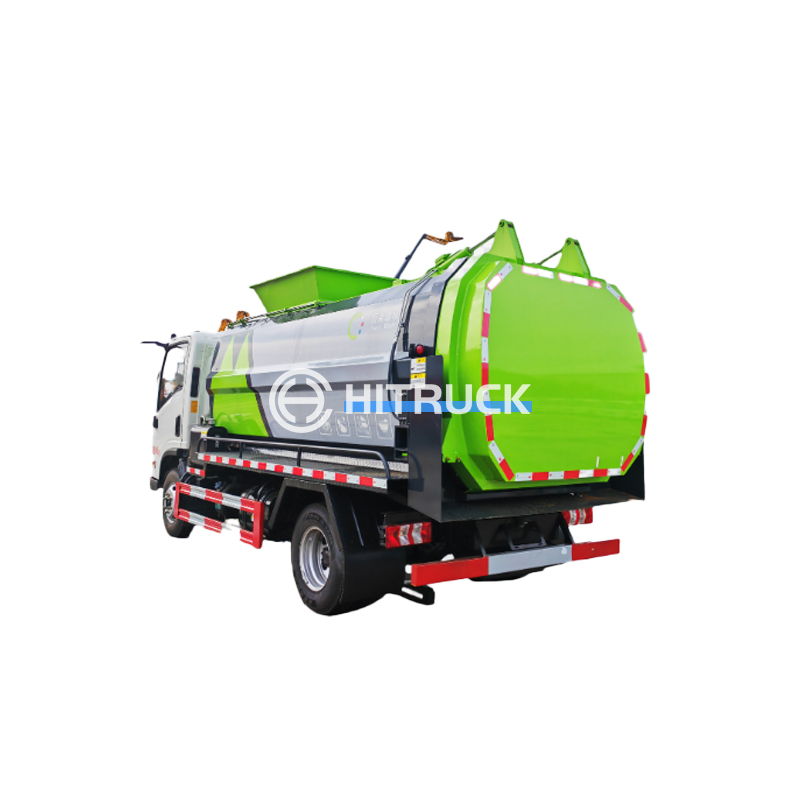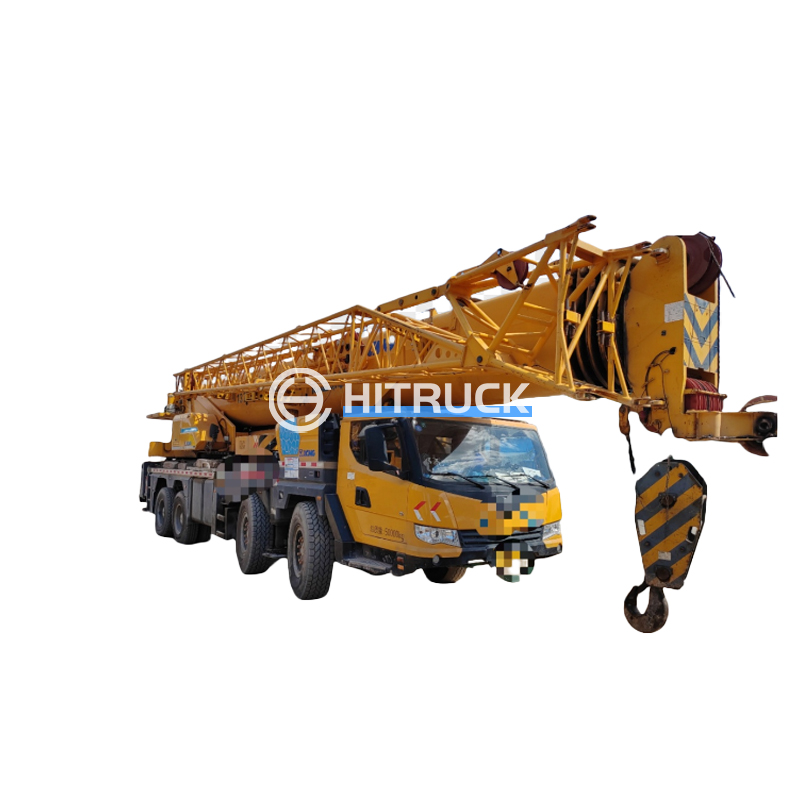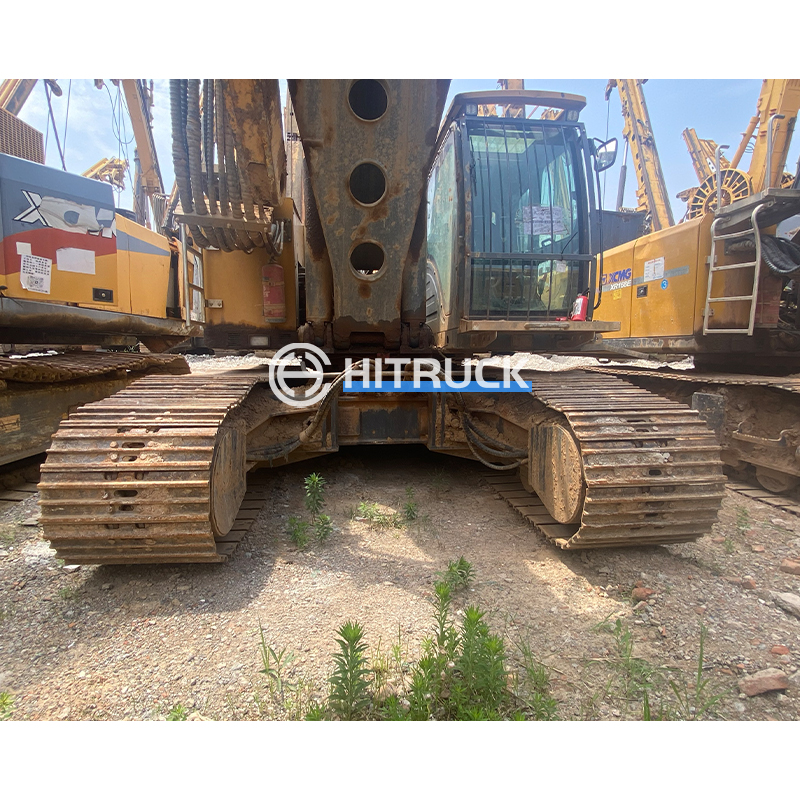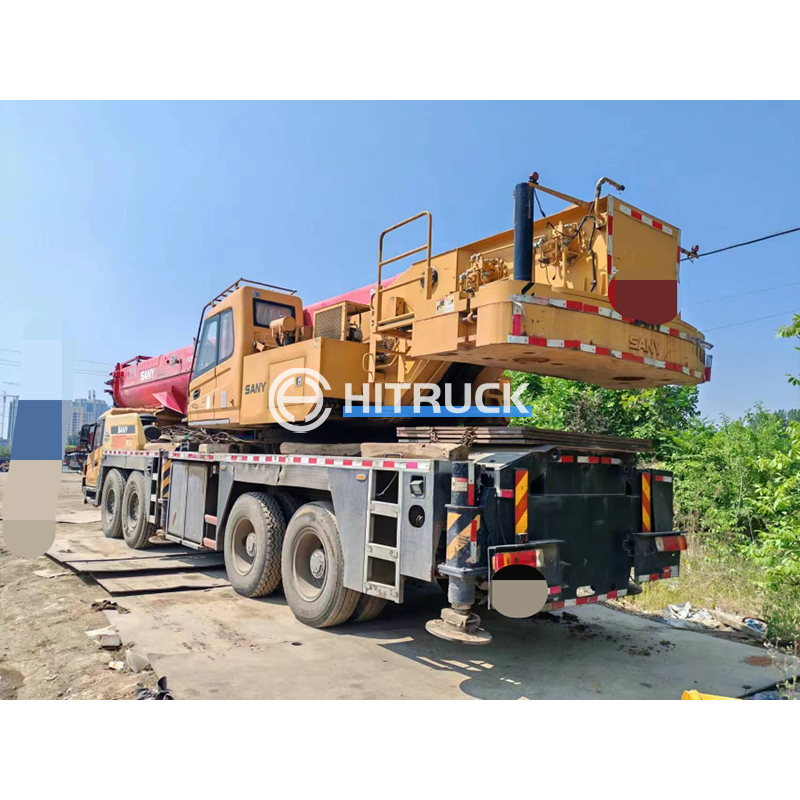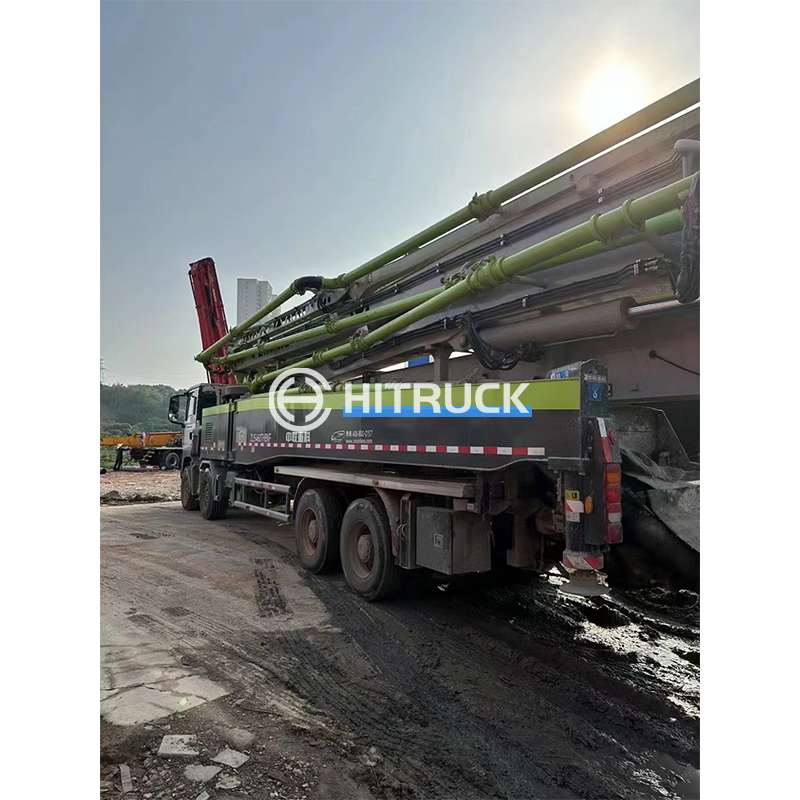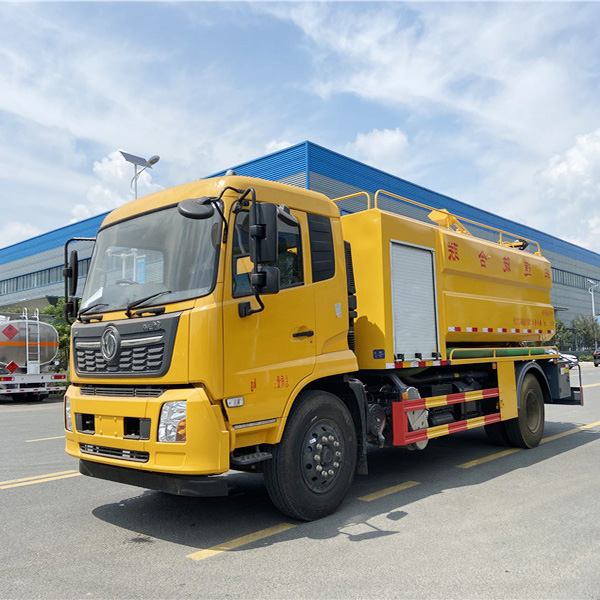Witnessing the Power: A Comprehensive Guide to Cement Mixer Truck Pouring
This guide explores the process of cement mixer truck pouring, from preparation and safety procedures to the different types of mixers and the techniques involved in achieving a smooth, even pour. We’ll cover everything you need to know to ensure a successful concrete pour, regardless of the project size.
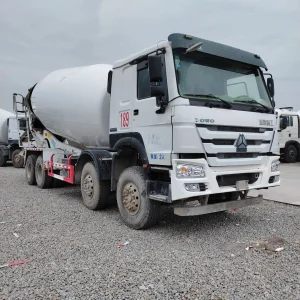
Understanding the Process of Cement Mixer Truck Pouring
Pre-Pour Preparation
Before the cement mixer truck pouring begins, careful planning is crucial. This includes site preparation – ensuring access for the truck, a level pouring surface, and proper formwork. The required concrete volume needs precise calculation to avoid wastage or shortages. Accurate measurements are paramount to ensure the right mix ratio of cement, aggregate, and water. Finally, a safety briefing for all personnel involved is essential, outlining potential hazards and necessary protective measures.
The Role of the Cement Mixer Truck
The heart of the operation is the cement mixer truck itself. These vehicles are designed for efficient transportation and mixing of concrete, ensuring a consistent mix right up to the point of pouring. Different trucks have varying capacities, so choosing the right one depends on the project’s scale. Common types include transit mixers, which mix the concrete en route, and stationary mixers, which require pre-mixed concrete to be loaded. Factors to consider when choosing a truck include its capacity, maneuverability (especially on tight construction sites), and the reliability of the chosen supplier.
The Pouring Process
The actual cement mixer truck pouring requires a coordinated effort. The truck must be positioned strategically to allow for easy access to the pouring area. The concrete is typically discharged through a chute, which can be adjusted to control the flow and direction of the pour. A skilled operator will manage the flow to ensure a consistent, even pour, avoiding segregation and ensuring proper consolidation. For larger projects, a pump might be used to convey the concrete over longer distances or to higher elevations. This enhances efficiency and control during the cement mixer truck pouring process.
Post-Pour Procedures
Once the pouring is complete, consolidation is essential to eliminate air pockets and ensure a strong, durable concrete structure. This can involve using vibrators to compact the concrete. Curing is equally important; it involves keeping the concrete moist for a specified period to allow for proper hydration and strength development. These post-pour procedures are critical to ensure the long-term integrity of the concrete structure resulting from the cement mixer truck pouring. Proper finishing techniques, such as floating and troweling, are also important for achieving a smooth and even surface.
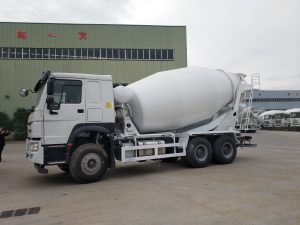
Types of Cement Mixer Trucks
| Type |
Capacity |
Advantages |
Disadvantages |
| Transit Mixer |
Varies (e.g., 6-12 cubic yards) |
Mixes concrete en route; efficient for long distances. |
Can be expensive; requires skilled operation. |
| Stationary Mixer |
Varies (e.g., 2-8 cubic yards) |
Often cheaper; good for small jobs. |
Requires pre-mixed concrete; less efficient for large projects. |
Safety Precautions During Cement Mixer Truck Pouring
Safety should always be the top priority during cement mixer truck pouring. This includes wearing appropriate personal protective equipment (PPE), such as safety boots, hard hats, and safety glasses. Proper signage and traffic control are also essential to prevent accidents. Maintaining a safe distance from the truck and the pouring operation is crucial. Understanding the operation of the equipment, including the cement mixer truck‘s controls and safety features, minimizes risk. For larger scale operations, a qualified safety officer should oversee the entire process. Finally, always follow the manufacturer’s guidelines and local regulations regarding safety procedures when dealing with concrete pouring and cement mixer trucks.
For reliable cement mixer trucks and expert advice, visit Suizhou Haicang Automobile sales Co., LTD today.




